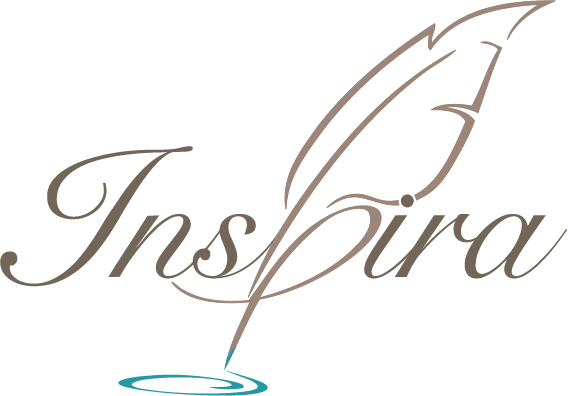Selecting Your Beta Readers
/In a previous blog post, we talked about what beta readers are and why authors should consider using them. In this post, we detail how to actually use beta readers, from selecting them to leveraging them for the best possible feedback.
Select your beta readers.
Cast your nets widely by posting on Facebook, making phone calls, and asking friends for referrals. Specify before selecting your beta readers what your book is about, how long you’d like their reading and feedback process to take, and if/how you will compensate them. Setting clear expectations about what you need from readers and what they can expect from you is critical to success.It may be tempting to choose your best friends to be the first people to read your manuscript. However, the point is to give your manuscript to people who don’t know you intimately so they will 1) be more honest in their feedback and 2) not be able to fill in the gaps with their knowledge of you when they encounter wonky passages of writing. Think about how many people’s insights you can realistically pore over and incorporate: four to six is a good range to start with.
Lastly, choose readers who are mainly in your target audience. If you’re writing a Christian devotional for middle-aged women, choose Christian middle-aged women for your beta readers.
Share your manuscript and instructions on how to read it.
You will send each of your beta readers a copy of your manuscript. We suggest making a separate document (in Word, Pages, Google Docs, PDF, etc.) for each of your readers, with their name in the file name so you can keep their feedback straight when the files return to you.
Along with the manuscript itself, send written instructions about how you’d like them to read and comment on your work. Ask for their feedback in a way that works for you, like comments in the document, track changes, write-ups in separate documents, or even a phone call.
Be sure to provide a firm deadline for when you’d like to receive their feedback (and secretly make it a week or two before you actually need it).
Ask for specific feedback on your manuscript.
This is key to getting the best possible feedback. In your written instructions, ask all the burning questions you have about your manuscript. Here are some ideas to get you started: “Was the manuscript a fast or slow read?” “What is the overall tone of this manuscript?” “Does it feel too long or short?” “Does [character] come off as too unlikeable?” “Did you guess the surprise ending?” “Do I have any verbal tics that distracted you?” “What parts are boring?” “What parts are exciting?” “Is the level of profanity fitting to the genre?” “If you could cut a part out, which would it be?” “Did the chapters feel too long or short?”
Leave those beta readers alone.
This is the part where you twiddle your thumbs and get a little sweaty. It takes a lot of nerve to share your manuscript, and this is likely the first time it’s been seen by anyone else! Give your readers time with your writing to enjoy it and think about it. Don’t reach out too much during the allotted reading time unless you’d like to email them a heads-up a week before the due date.
Study and incorporate their feedback.
Once your readers have sent you back your manuscript and their feedback, it’s time to put it all together and look at the responses. This is likely to be both dismaying and invigorating: you’ll be alerted to the spots your manuscript isn’t working, but you’ll also learn where it soars. As you study the feedback, focus on what will make your writing better, not what will cushion your own feelings. This is how great books are made!
Look at your readers’ feedback individually, as each one is likely to have helpful pointers for you that you can incorporate. But also study the feedback in aggregate. If most or all of your readers think Chapter 4 is boring and too long, that’s a sign Chapter 4 needs some work. But if your readers are divided half-and half on Chapter 4, either seek further feedback or know you’ve uncovered a part of your book that will get mixed responses.
Remember that as valuable as your readers’ feedback is, you are the author. That means you get the final say in how your book reads. Beta readers teach you how your book may land with readers and enable you to tweak your book accordingly, but nothing they suggest is mandatory.
Thank your beta readers.
As we said, beta reading is often an unpaid endeavor. If you have used your friends and family to beta-read your manuscript, find a way to honor their time. It’s common to include them by name in the acknowledgments of your book. Authors also extend offers to their beta readers to beta read in return for them in the future. Write a thank-you note, bake them a loaf of bread, walk their dog: be sure your readers know how much you appreciate them. After all, your book will better because of their insight!


